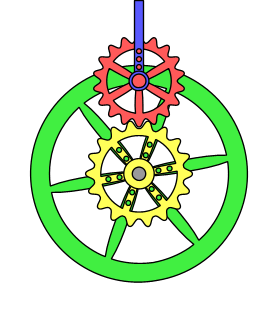We just learned about
Pole of Inaccessibility Research Station.
We learned before about adventurers traveling to the
South Pole.
The south pole is at the very bottom of the planet, and at the opposite end of the north pole.
We know the first person to get there was Roald Admundsen, and the Amundsen-Scott station is right at the south pole.
There is a red striped pole with a silver globe on top with flags all around for picture taking at the south pole.
This is called the
Ceremonial South Pole, and it is a few feet away from the real south pole.
The warmest the south pole has ever been is 9 F, and the coldest ever was -117 F.
There is also the
South Magnetic Pole, which is in a different spot.
When you use a compass and one end points north, the other end points south.
This is because the earth's poles are magnetic which helps a lot for travel!
These north and south poles actually move a little based on the changes in the earth under the ground like the moving magma.
There is also the
South Geomagnetic Pole, which is in another different spot.
The earth spins around and makes a magnetic field around it.
You can think about it like how static electricity can move things around.
This is really the true magnetic pole, but the moving of magma and other parts of the earth makes the magnetic pole move around and be different than the geomagnetic pole.
Another place is the
South Pole of Inaccessibility.
This is the place in the south pole that is the hardest to get to, as it is the farthest place inland from the ocean.
There was a Russian base there for a while but it has been abandoned.


(from: wikipedia -
south pole)
Kid Facts - Blast from the past: Sally Port










